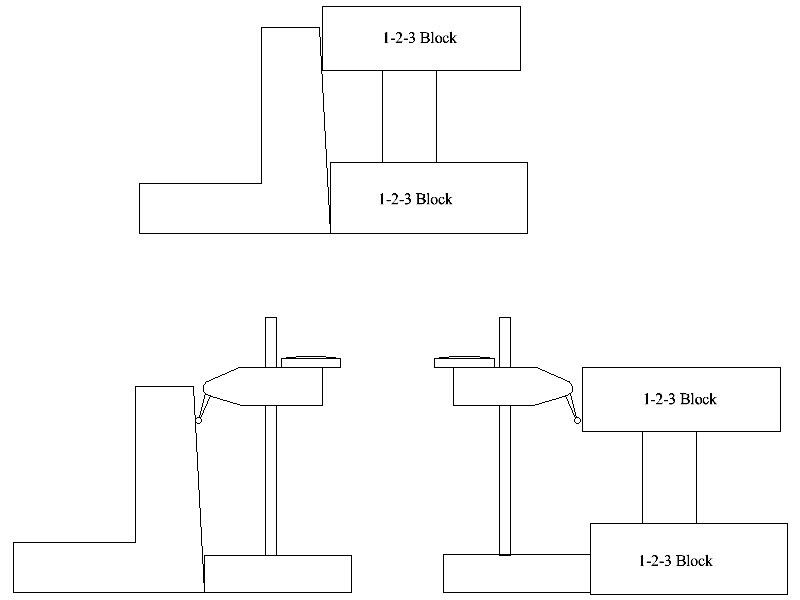I bought a Collins Microflat parallel 18 by 6 by 3 here.
Maybe not a deal but cheaper than shars granite parallels. The unusual shape (to me) makes me wonder if it is also square at one end such as a granite knee would be. If not it is still useful to me but square would be a plus. I have done much searching and it seems this company is closed. At least it is usa made. When it comes I'll do my best to check but I have no real accurate square. Only "close to" squares. Anyone ever used or familiar with these? Thanks.
Maybe not a deal but cheaper than shars granite parallels. The unusual shape (to me) makes me wonder if it is also square at one end such as a granite knee would be. If not it is still useful to me but square would be a plus. I have done much searching and it seems this company is closed. At least it is usa made. When it comes I'll do my best to check but I have no real accurate square. Only "close to" squares. Anyone ever used or familiar with these? Thanks.

.png)


Comment